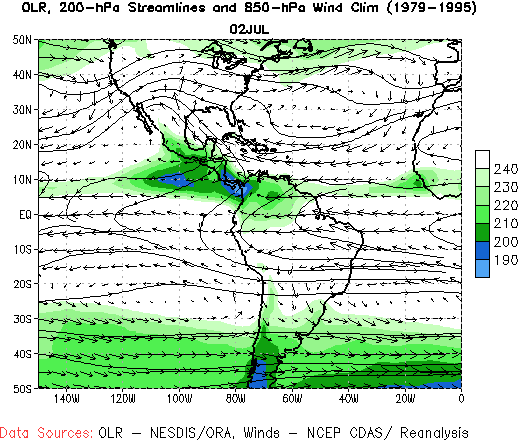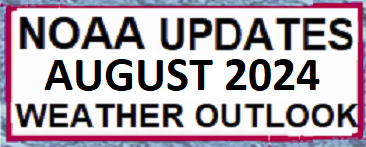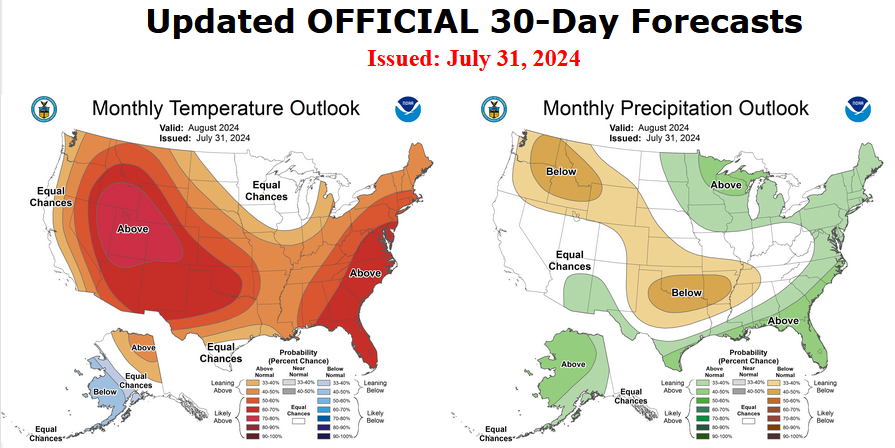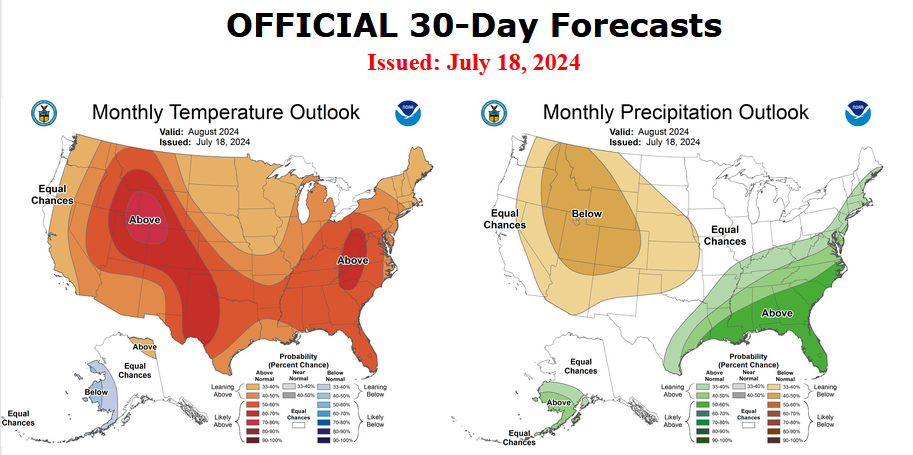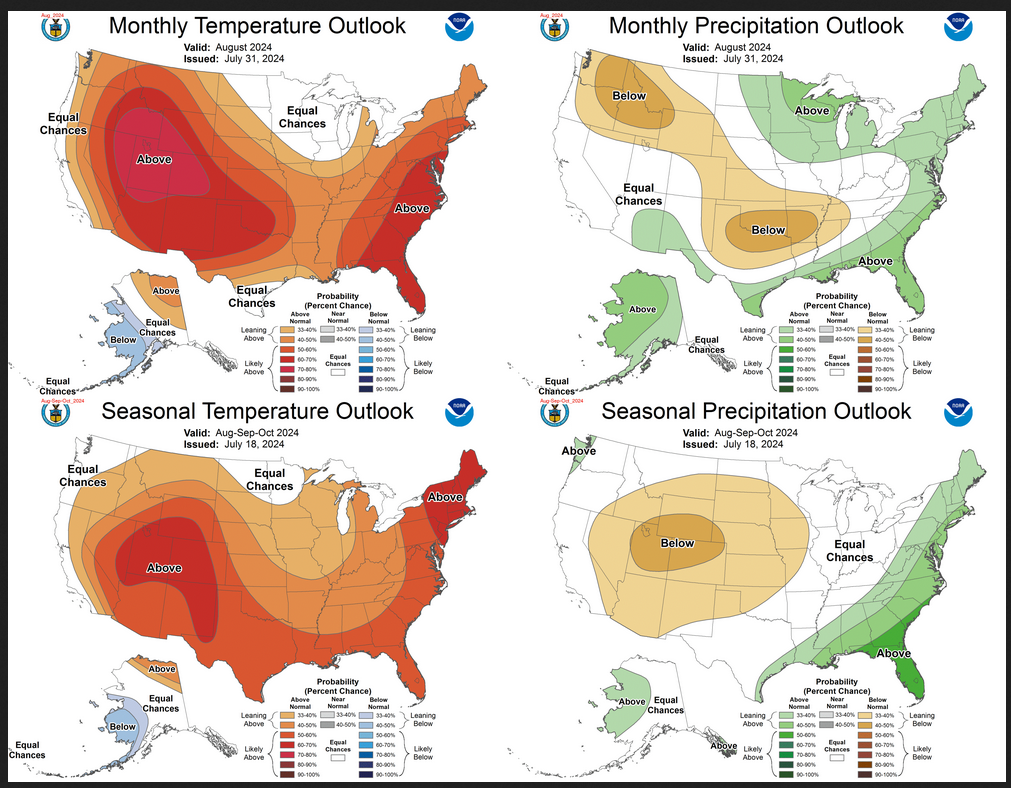Today Through the Fourth Friday (22 to 28 days) Weather Outlook for the U.S. and a Six-Day Forecast for the World: posted August 7, 2024
This article focuses on what we are paying attention to in the next 48 to 72 hours. The article also includes weather maps for longer-term U.S. outlooks and a six-day World weather outlook which can be very useful for travelers.
First the NWS Short Range Forecast. The afternoon NWS text update can be found here after about 4 p.m. New York time but it is unlikely to have changed very much from the morning update. The images in this article automatically update.
Short Range Forecast Discussion
NWS Weather Prediction Center College Park MD
348 PM EDT Wed Aug 07 2024
Thu Aug 08 2024 – 00Z Sat Aug 10 2024…Debby to move slowly inland through northeast South Carolina into
western North Carolina Wednesday night-Thursday, then more rapidly
northeastward Friday-Saturday from the Central Appalachians into Northern
New England……Heavy rains, flash and river flooding likely along and to the north and
northeast of Debby, while isolated tornadoes possible to the east of the
track……Much above average temperatures to persist next two days across much of
the West into the Southern Plains and South, while below average
temperatures spread across the Northern and Central Plains and Upper
Mississippi Valley……Record heat coming to and end from the Southwest into the South by the
end of the week……Fire weather threat and poor air quality continue from the Pacific
Northwest into the Northern Rockies and Great Basin…Debby will make its second U.S. landfall Wednesday evening along the South
Carolina coast and push slowly northwestward through northeast South
Carolina Wednesday night into Thursday, across western North Carolina
during Thursday and then accelerate to the northeast from the Central
Appalachians into Northern New England Friday into Saturday. Sustained
winds with Debby will be lessening as the storm pushes inland and weakens,
with heavy rains, flash flooding and river flooding being the primary
threat as the system pushes northwestward and then more to the north and
northeast over the next few days. The continued slow motions of Debby
through Thursday will produce rainfall totals in the 4-8 inch range, with
locally heavier amounts, across northeast South Carolina, southeast to
central North Carolina into western Virginia, eastern West Virginia and
far western Maryland. Flood watches are currently in effect across these
areas, affecting approximately 19 million people. As the storm begins to
accelerate to the northeast on Friday through the northern Mid-Atlantic,
northern NY State and northern New England, expected precipitation amounts
will likely be less than when the storm is slower moving. Still, rainfall
totals of 2-4″ likely across central to eastern Pennsylvania, central to
northern NY State into northern New England, continuing the threat of
flash and river flooding across these areas.No let up to the much above average temperatures over the next two days
across much of the West into the Southern Plains and South, with record
high potential Thursday across portions of Texas and the northeast Gulf
Coast from southeast Louisiana into North Florida and again on Friday from
southeast Louisiana into the Florida Panhandle. While temperatures are
still above average from the West into the South over the next few days,
it does appear that record high potential will be coming to an end by the
weekend, Heat advisories are currently in effect across the Southern
Plains into the South, affecting nearly 44 million people.In contrast to the much above average temperatures and record heat across
the South, much cooler air will continue to sink southward in the wake of
a strong front currently stretching from the Upper Mississippi Valley into
the Northern Plains. This strong front will push much below average
temperatures southward into the Central Plains and Upper to Mid
Mississippi Valley over the next two days. There is even potential for a
few record cold maximum temperatures on Thursday and Friday from southeast
Wyoming into southwest to southern Nebraska and across northern Minnesota.No let up to the fire weather risk and poor air quality from ongoing fires
for the Pacific Northwest into the Northern Rockies and Great Basin.
These regions will continue to see dry conditions with low relative
humidities and gusty winds, supporting the threat for additional wildfires
and exacerbating efforts to control ongoing fires. Red Flag warnings and
air quality alerts are in effect across portions of Washington State,
Oregon, Idaho, Wyoming, Colorado, Nevada, Utah and Arizona.
To get your local forecast plus active alerts and warnings click HERE and enter your city, state or zip code.
Learn about wave patterns HERE.
Then, looking at the world and of course, the U.S. shows here also. Today we are looking at precipitation.
Please click on “Read More” below to access the full Daily Report issued today.




